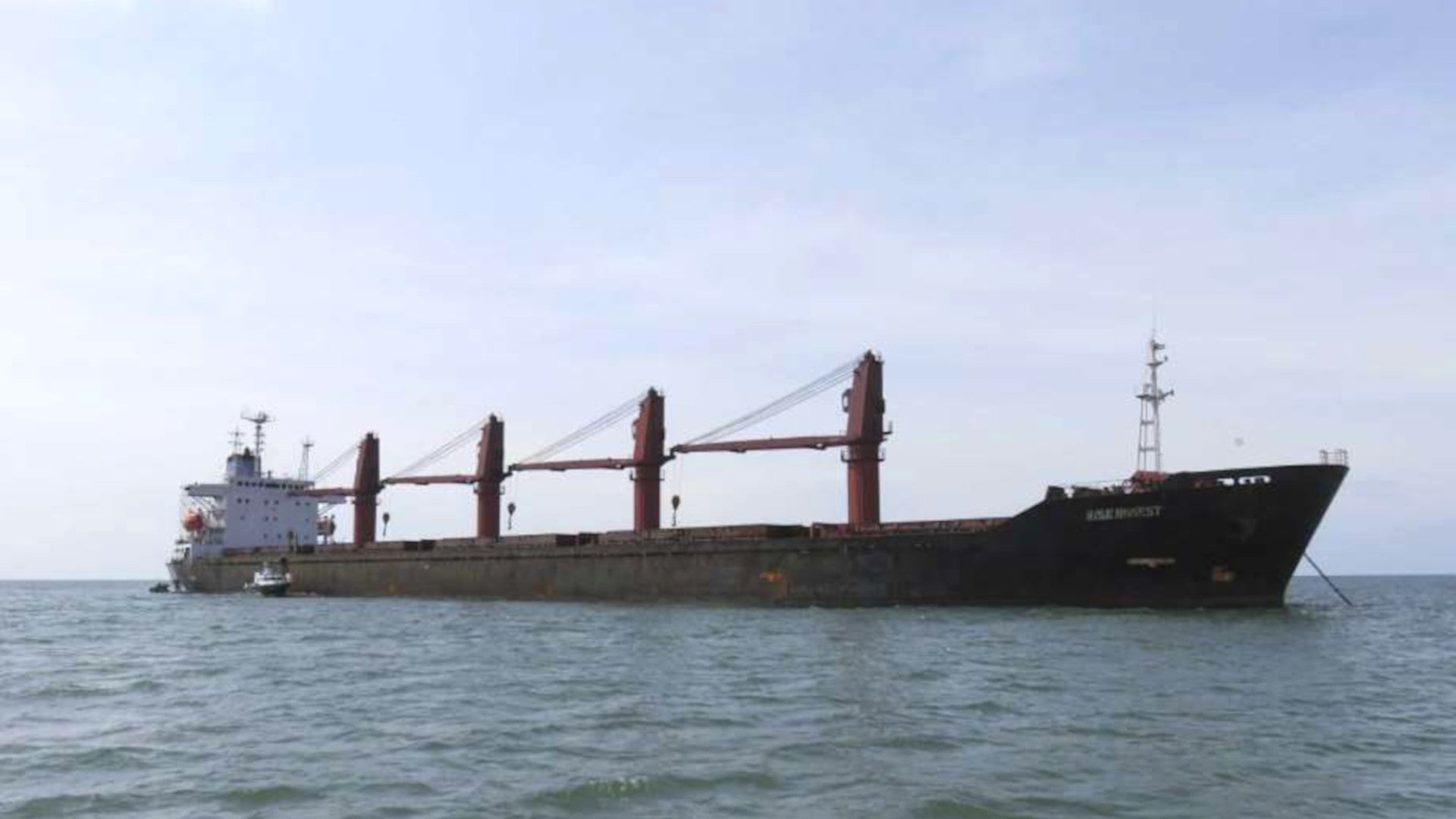After a year and a half without any major North Korean missile launches, Kim Jong Un’s regime has now fired three missiles with over-the-horizon range in the space of a week. These newest tests came right before the U.S. government’s disclosure that it has taken the unprecedented step of seizing a North Korean ship over sanctions violations for the first time ever, and has been holding the ship for more than a month now, something that is almost certain to prompt a response from North Korea, if Pyongyang hasn’t started to do so already.
The latest launches occurred at 4:29 PM and 4:39 PM local time on the Korean Peninsula on May 9, 2019. The two missiles flew from Kusong, situated north of the Sino-Ri missile base on North Korea’s west coast and impacted into the East Sea. The first missile flew approximately 260 miles, while the second traveled almost 168 miles, according to South Korean officials.
“Our military has strengthened surveillance and vigilance in case of a further launch from North Korea, and has maintained a full-fledged posture in close coordination with the United States,” a statement from South Korea’s Joint Chiefs of Staff said. South Korean officials have no said what type of missiles were involved in this latest test.
The different flight distances could mean that North Korea fired two different types in this latest test. However, experts have said that reports that the weapons only flew to a maximum altitude of just over 30 miles, which strongly suggests that at least one of these missiles was the same as the one North Korea tested on May 3, 2019. That test also involved long-range rocket artillery.
The North Koreans have since released pictures and video of the short-range missile, which is visually similar to Russia’s Iskander quasi-ballistic missile, as well as South Korea’s Hyunmoo-2. North Korea first paraded what appears to have been a mockup of these weapons in February 2018. The imagery from the earlier test shows various key differences and slightly different transporter-erector-launcher, the latter of which is similar in general appearance to the one Russia employs with the Iskander.

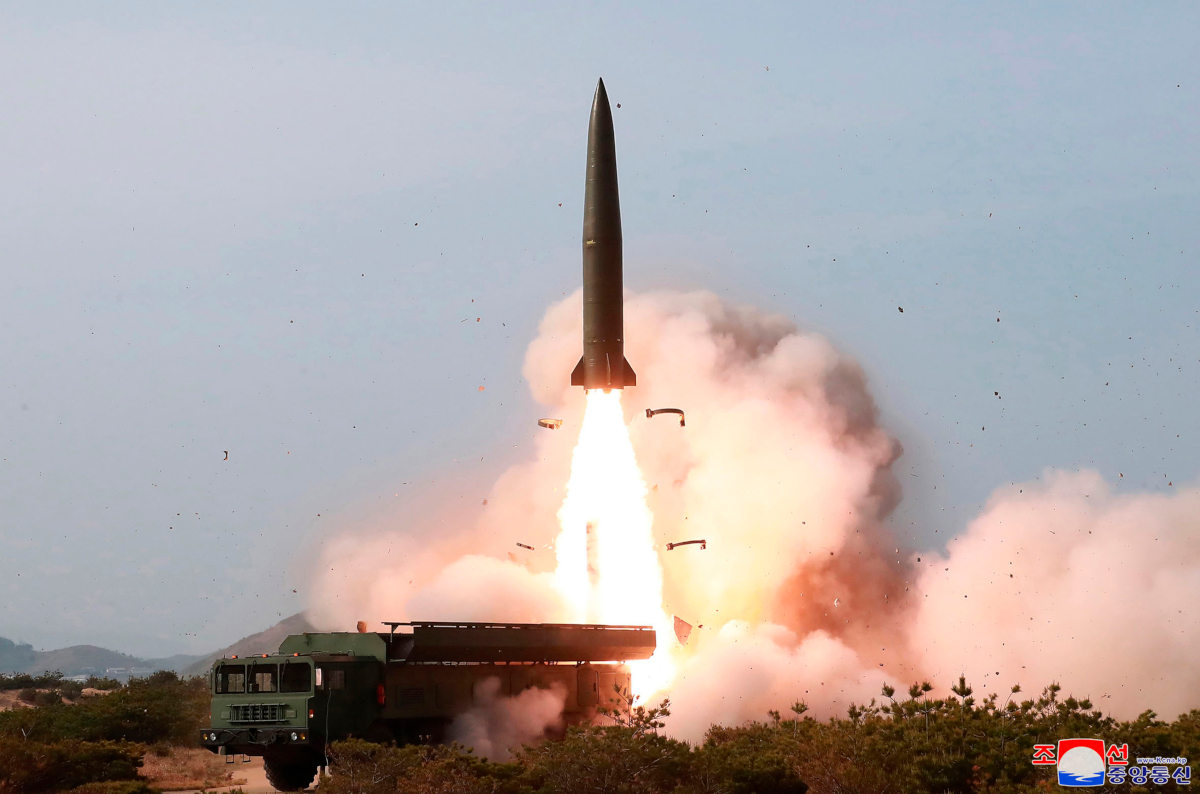
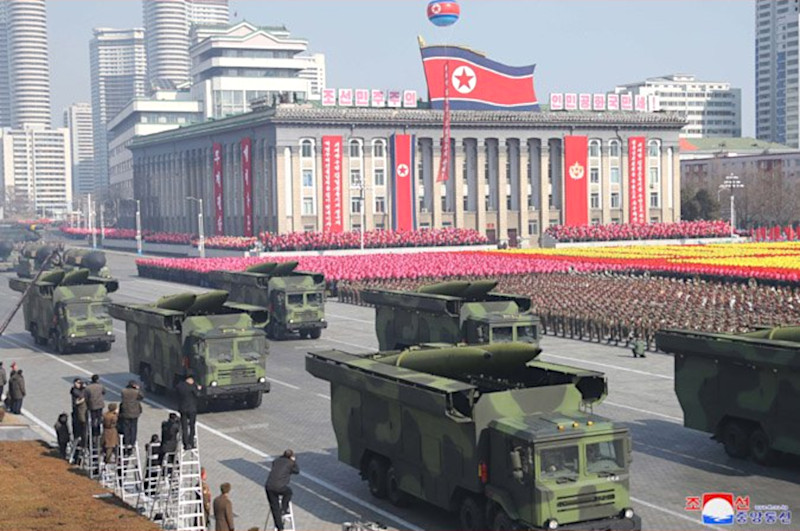
Questions remain as to whether or not North Korea’s new missile has any of the same advanced features as Iskander. The Russian weapon has a satellite navigation-assisted guidance package that helps it course correct after launch for greater precision. Its maneuverability, together with its relatively low quasi-ballistic flight envelope, is also intended to make it more difficult to intercept. If North Korea’s weapon has any sort of similar capabilities, it could be a particularly important development for the country in the face of growing U.S. and South Korean missile defenses.
North Korea described the May 3 event as a “routine and self-defensive military drill,” adding that “the recent drill conducted by our army is nothing more than part of the regular military training, and it has neither targeted anyone nor led to an aggravation.” However, it’s hard not to see these latest missile tests as anything but an expression of Kim Jong Un’s frustration at continued U.S. sanctions in the wake of the collapse of his summit with U.S. President Trump last year and a noticeable slowdown in progress on diplomatic and economic endeavors with South Korea.
Separately, on May 9, 2019, the U.S. Department of Justice made a huge announcement that it had seized a North Korean ship over sanctions violations for the very first time, as well. For more than a year now, the regime in Pyongyang has been actively conducting at-sea transfers of sanctioned goods, such as coal, from its ships to neutral vessels in order to skirt the prohibitions.
American authorities had taken control of the M/V Wise Honest, one of North Korea’s largest bulk cargo ships, on or about Apr. 2, 2019, but had not previously disclosed it had done so. There is no indication that North Korea had publicly acknowledged the seizure, either, but it is not hard to see how it could have contributed to Kim’s already increasingly belligerent posture as of late. The formal announcement seems almost certain to prompt at least fiery rhetoric from Pyongyang.
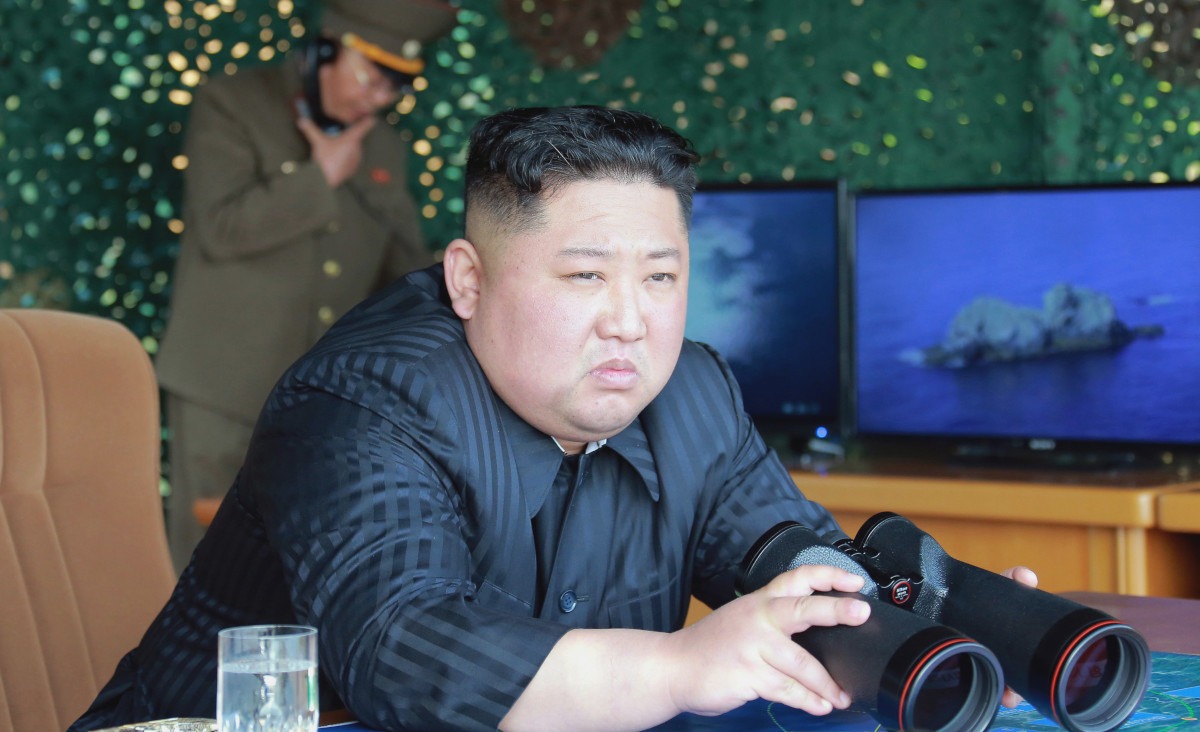
South Korean President Moon Jae In, who has spent a significant amount of resources and political capital in trying to usher in a new era of peace and engagement with North Korea, has sought to downplay the latest missile tests at least. “I want to tell North Korea once again that it’s not ideal to repeat actions that … risk throwing cold water on the atmosphere of dialogue and negotiations,” he said in an interview with South Korea’s KBS television.
But, especially with U.S. Special Representative Stephen Biegun in South Korea right now for talks with Moon’s government, it’s hard not to see the new launches as anything but another indicator that North Korea may be heading into a new period of “missile diplomacy.” The May 3 test had also followed a call between Trump and Russian President Vladimir Putin, who had recently met with North Korea’s Kim. Trump and Putin reportedly discussed humanitarian aid for the North and other issues related to Pyongyang.
On May 4, 2019, Trump Tweeted out a message that had also seemed to downplay the earlier missile test. This was a significant statement given the U.S. president’s repeated comments about how the U.S. government might respond forcefully if North Korea were to abandon its self-imposed moratorium on the testing of long-range ballistic missiles and nuclear weapons.
“Anything in this very interesting world is possible, but I believe that Kim Jong Un fully realizes the great economic potential of North Korea, & will do nothing to interfere or end it,” Trump said in his social media post. “He [Kim] also knows that I am with him & does not want to break his promise to me. Deal will happen!”
Trump made similar comments to reporters after the latest missile tests. He also did not mention the U.S. government’s seize of the Wise Honest.
“Well, we’re looking at it very seriously right now. They were smaller missiles, short-range missiles,” Trump said outside the White House on May 9, 2019. “Nobody’s happy about it, but we’re taking a good look, and we’ll see, we’ll see.”
“The relationship continues, but we’ll see what happens,” Trump continued. “I know they want to negotiate, they’re talking about negotiating. But I don’t think they’re ready to negotiate.”
But, by all indications, Kim, who has been adamant about securing the removal of all sanctions against his country before moving on any other issues, looks less and less content for negotiations to muddle along at their current speed. The firing of short-range missiles is clearly intended to avoid breaking Pyongyang’s stated testing moratorium, and seems to offer useful room to the country’s opponents to avoid dangerous escalation, but if the launches do not achieve the desired effect, Kim may feel the need to step things up.
All told, it seems increasingly likely, at least in the near term, that if Kim doesn’t see the kind of progress he wants in sanctions relief or other negotiations with the United States and South Korea that missile launches could once again become a more routine occurrence. This could include the launching of larger, more threatening missiles and other provocative actions that would be too much for the U.S. and South Korean government’s to ignore.
Update: 5:30pm EST—
North Korea has released imagery of the latest missile test, confirming that it did involve the same short-range missile as the May 3, 2019 launch. However, what is interesting is that this new launch involved the use of a tracked transport-erector-launcher, or TEL, rather than a wheeled one in either of the two previous configurations.
This new transporter erector launch otherwise looks very similar to the improved wheeled one that emerged on May 3, with a similar cab design, but it is visibly distinct. Tracked TELs are less common than wheeled ones for ballistic missiles, but are hardly unheard of. North Korea also has a tracked TEL for the Pukguksong-2, or KN-15, ballistic missile, which is a derivative of the solid-fuel Pukguksong-1 submarine-launched ballistic missile, also known as the KN-11.
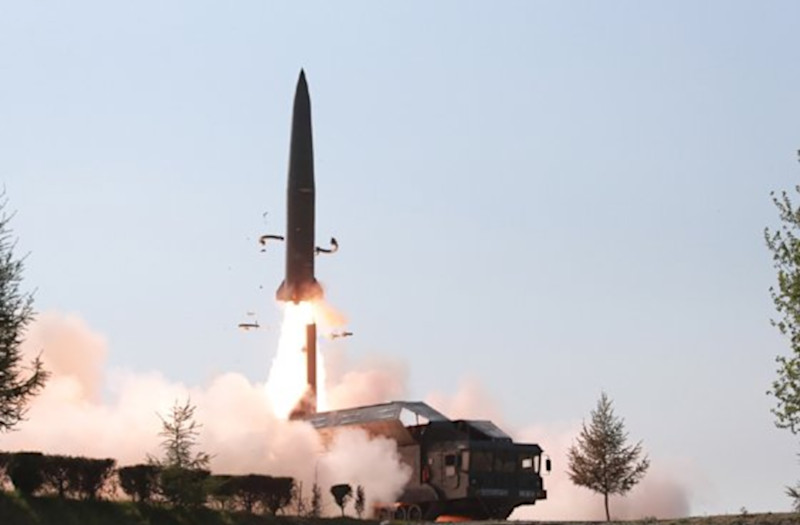
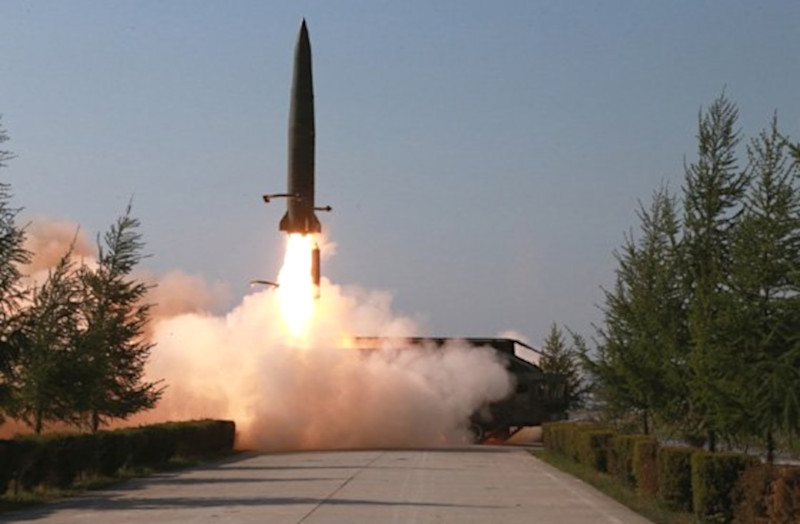
Contact the author: jtrevithickpr@gmail.com
